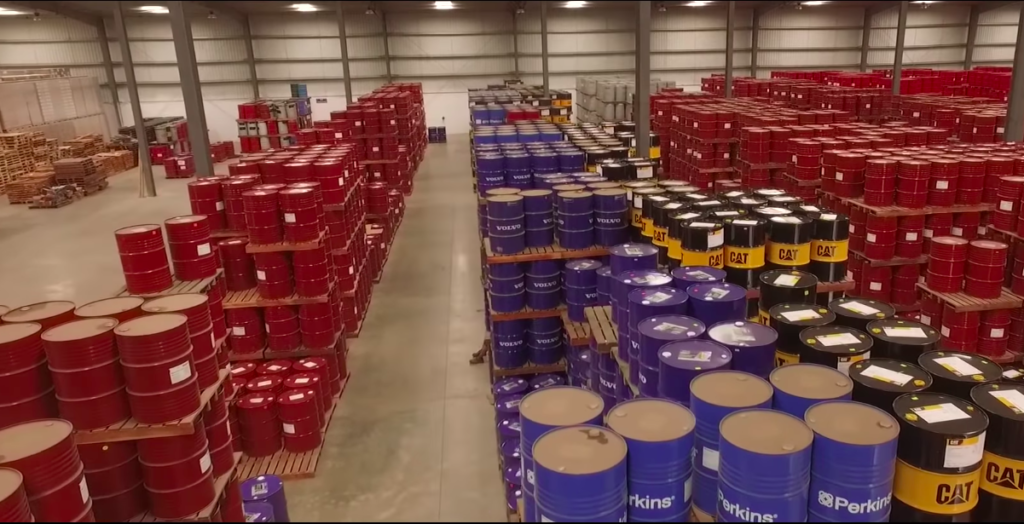
Bangalore, often dubbed as the Silicon Valley of India, is not only a hub for technological advancements but also a burgeoning center for logistics and warehousing. With its strategic location, robust infrastructure, and thriving economy, the city has witnessed a significant rise in demand for warehouse spaces. This article serves as a comprehensive guide to understanding the landscape of warehouses in Bangalore, exploring their significance, challenges, and future prospects.
- Understanding the Importance of Warehousing in Bangalore
- Bangalore’s Emergence as a Logistics Hub
- Role of Warehouses in Supply Chain Management
- Impact of E-commerce Boom on Warehouse Demand
- Types of Warehouses in Bangalore
- Traditional Warehouses
- Cold Storage Facilities
- Distribution Centers
- Fulfillment Centers
- Specialized Warehouses (Pharmaceuticals, Automotive, etc.)
- Factors Driving the Growth of Warehousing in Bangalore
- Geographical Advantage and Connectivity
- Increasing Urbanization and Consumption Patterns
- Government Initiatives and Policy Reforms
- Technological Advancements in Warehouse Management Systems
- Challenges Faced by Warehousing Industry in Bangalore
- Land Acquisition and Space Constraints
- Infrastructure Bottlenecks and Traffic Congestion
- Regulatory Compliance and Licensing Issues
- Skilled Manpower Shortage and Labor Laws
- Emerging Trends and Innovations in Bangalore’s Warehousing Sector
- Adoption of Automation and Robotics
- Integration of IoT and Big Data Analytics
- Sustainable Warehousing Practices
- Last-Mile Delivery Solutions
- Key Players and Major Warehousing Clusters in Bangalore
- Overview of Prominent Warehousing Companies
- Analysis of Strategic Locations and Industrial Areas
- Future Outlook and Opportunities
- Projected Growth Trajectory of Bangalore’s Warehousing Sector
- Potential Areas for Investment and Expansion
- Role of Public-Private Partnerships in Infrastructural Development
- Best Practices for Efficient Warehousing Operations
- Inventory Management Techniques
- Optimal Space Utilization Strategies
- Implementing Safety and Security Measures
- Continuous Training and Skill Development for Workforce
- Case Studies: Success Stories in Bangalore’s Warehousing Landscape
- Exemplary Practices by Leading Warehousing Companies
- Innovative Solutions Implemented to Overcome Challenges
- Conclusion: Bangalore’s warehousing sector stands at the intersection of innovation, efficiency, and growth. As the city continues to evolve as a global business hub, the significance of warehousing in facilitating seamless logistics operations cannot be overstated. By embracing technological advancements, addressing key challenges, and fostering collaboration between stakeholders, Bangalore is poised to redefine the standards of warehousing excellence, thereby unlocking new opportunities for businesses and driving economic prosperity in the region.
Also Read: Warehousing in Sonipat: A Strategic Hub for Efficient Logistics